ON THE ROAD | Giacomo Apolloni & Suzuna Nitta in Japan
Our wine team are constantly trying to visit as many wineries as possible – and it’s not just Bordeaux, Burgundy et al. Earlier this year, two of our London sommeliers, Giacomo Apolloni and Suzuna Nitta, visited Japan to check out its emerging wine scene…
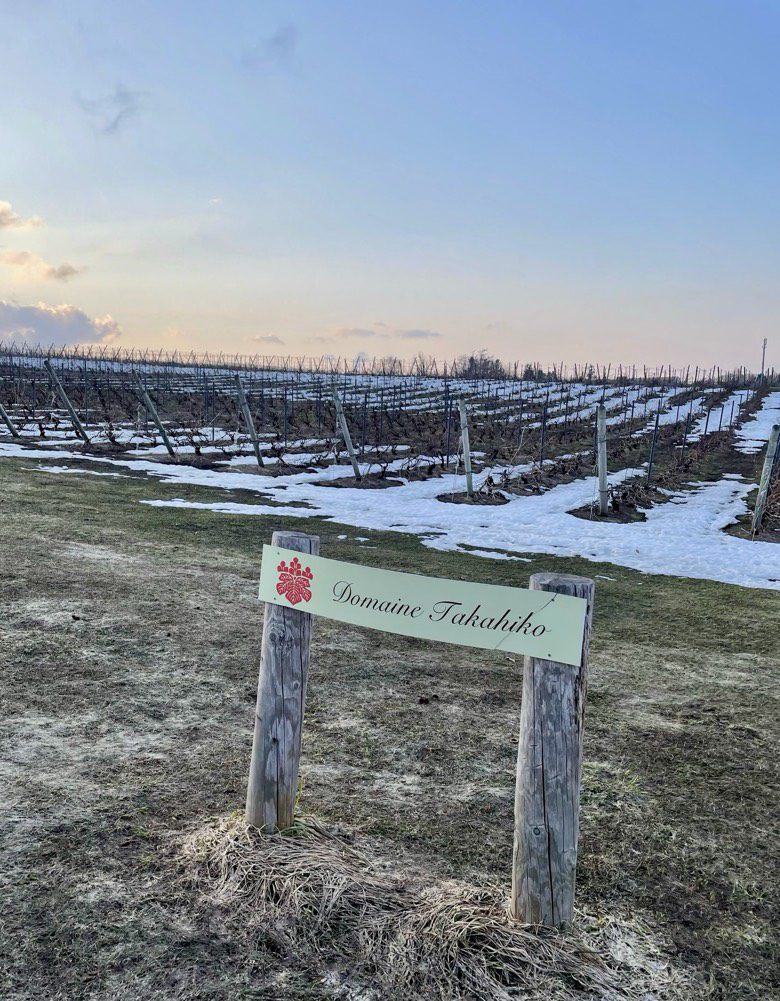
Suzuna: ‘I grew up in Japan but moved to Australia when I was 18, so I didn’t really know the country’s wines, apart from some Koshu examples. And apart from quality producers such as Grace Wine, Chateau Mercian and Manns Wines, a lot of Koshu is entry-level, produced in bulk, so most Japanese wine lovers drink French and Italian wines.’
Giacomo: ‘I’d tasted some Koshu wines, but not much else from Japan. I was excited to find out more about the top wines made with European varieties. I knew about Grace, and Laure Patry [former sommelier with Gordon Ramsay and Jason Atherton, and now UK manager for importer Wine Source] had told us about the Pinot Noir of Takahiko, which has enjoyed such success in the US that it has trebled in price.’
Suzi: ‘We were hosted by Toru Takamatsu, who is the world’s youngest MS and works at Takahiko, and whom I knew from Instagram. The winery is in Yochi, on Hokkaido, the northern island of Japan [most vineyards, especially those of Koshu producers, are in Yamanashi, in the south]. Domaine de Montille also has a winery on Hokkaido, but further south.’
Giacomo: ‘The key thing here is the snow and the water. In winter, the temperature can get down to -15/20˚C, with a metre of two of snow. But the snow insulates the vines, and protects them. In the summer, it doesn’t get above 30˚C, so it’s a pretty cool climate.’
Suzi: ‘The water here is renowned for its softness. The whisky distilleries use the same water and it gives a soft, subtle umami element to the wine. It’s a quality that reminds me of the Dashi fish broth that is so popular in Japan and that I used to have growing up (I’m always sad that you can’t make it here in London because the water is too hard). While we’re taught that vines don’t want too much rain, here the rain is like gold. It impacts the grapes’ thin skins and, along with the volcanic soil, the grass on the top soil which provides more microbes, the wild yeast from the forest, the organic viticulture and gentle extraction, brings about this subtle umami flavour.’
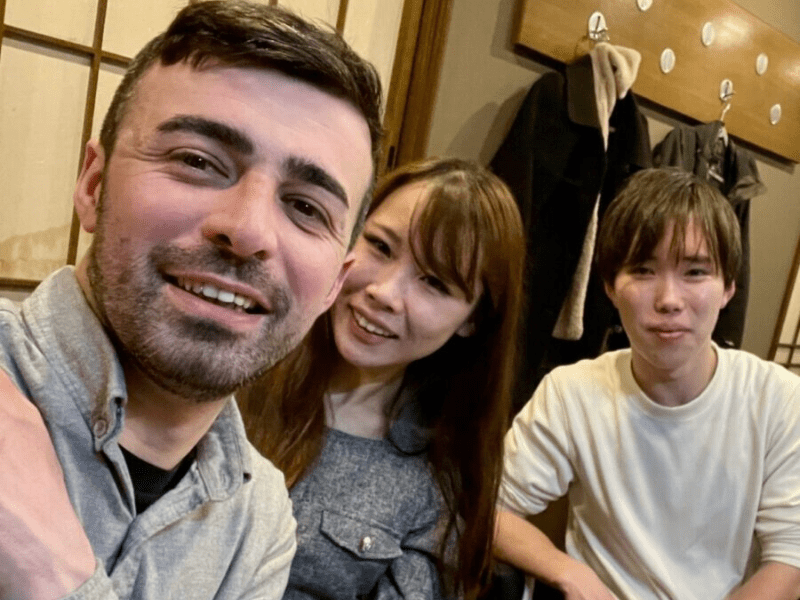

Giacomo: ‘Of course the danger of the water and the thin skins is rot, so they have to be very hands-on in the vineyard. Any botrytised grapes go into a separate cuvée. And they also make a still blancs de noir, a carbonic maceration Zweigelt, and a Kerner. But the flagship wine is the Pinot Noir, from the 4.5ha Nana-Tsu-Mori vineyard. It’s very light, elegant, with a wild, savoury touch to the red fruit, and a touch of spice – a bit like the reds of Jura.’
Suzi: ‘It reminded me a bit of Prierure-Roch’s Nuits St Georges. It has a very natural feel – elegant and light, and not at all overly concentrated. It’s a bit like Japanese cuisine – it feels light but has lots of flavour’.
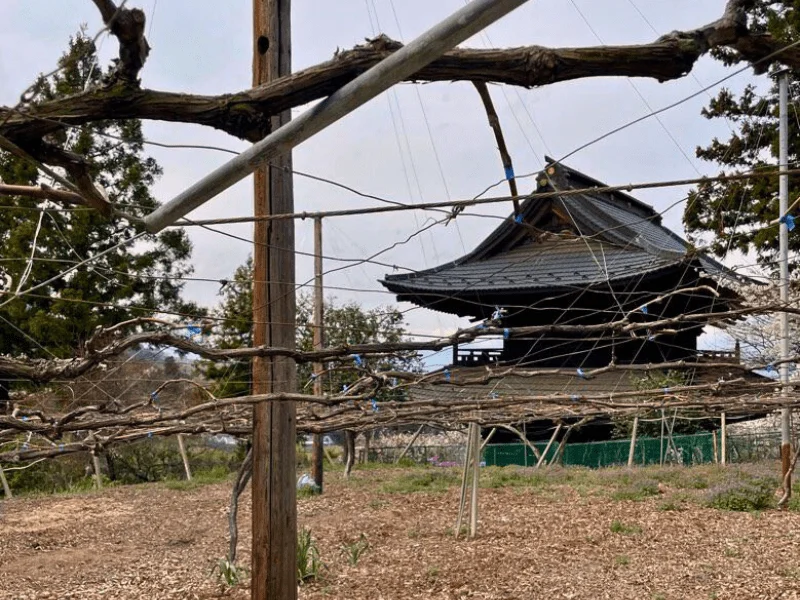

Giacomo: ‘Then we visited Manns Wine, one of the biggest wineries in Katsunuma, in Yamanashi, which is the heartland of Koshu. Hirose Kazutaka, who is a Club Member in London and used to work at Steven Spurrier’s Bride Valley estate in Dorset, was our guide and also took us to Daizenji Temple where Koshu cultivation started. Manns is part of the famous soy sauce company Kikkoman, and it supports the local community in Yamanashi by sourcing grapes from local farmers.’
Suzi: ‘And we had to visit Grace, probably Japan’s most famous producer, which is also based in Yamanashi, and was founded in 1923. In 2002, the next generation, Ayana Misawa, planted the Akeno vineyard a little further north, with Bordeaux varieties. Previously, under her father (also a Member of the London Club), all the Koshu vineyards had been planted on the pergola system, with high trellises often positioned according to the height of the vineyard workers. Ayana studied winemaking and viticulture in Bordeaux and worked in South Africa, and was keen to plant Bordeaux varieties via vertical shoot positioning.’
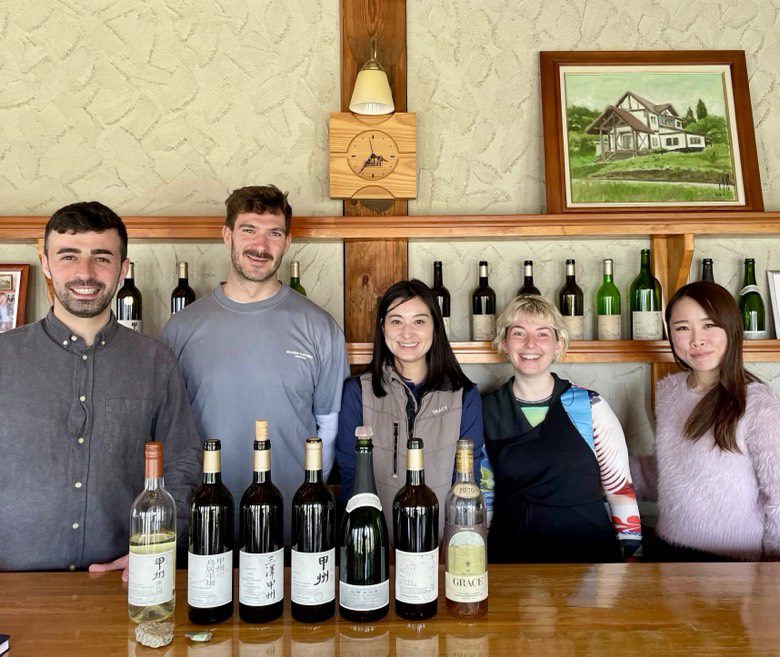

Giacomo: ‘Akeno is at 700m altitude, on volcanic soil. The mountains block the worst of the storms, but even so, they have to use a ridge system whereby the vines are planted on small mounds, to ensure the rainwater doesn’t soak them. The reds were really impressive, particularly the Cabernet Franc. Quite Bordeaux-like – rich, but with fine tannins and structure. Although the most interesting wine we tasted was a 1970 sweet Koshu!’
Suzi: ‘We have Grace’s Kayagatake Koshu on the list in London, which I quite like for its sweet spice – it’s richer than most Koshus, which are made to be easy-drinking. Now we just need to persuade Paul [Richards, the Club’s Head of Buying] to add one of the Akeno wines. I’m working on it…’
Not a 67 Pall Mall Member? Sign up to receive every issue of The Back Label by filling out your details below.
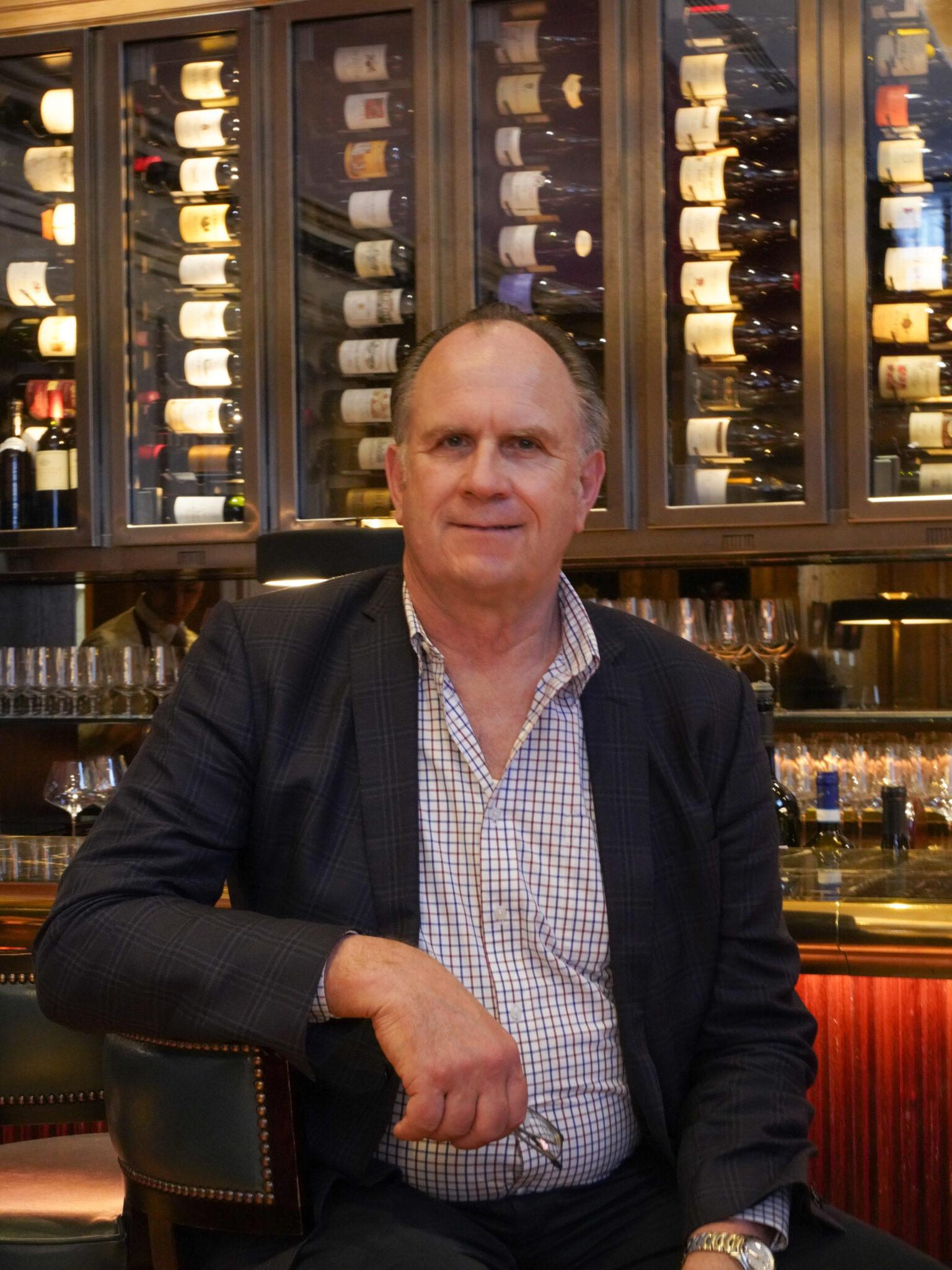

WHAT
I’VE
LEARNED
Michael Brajkovich MW
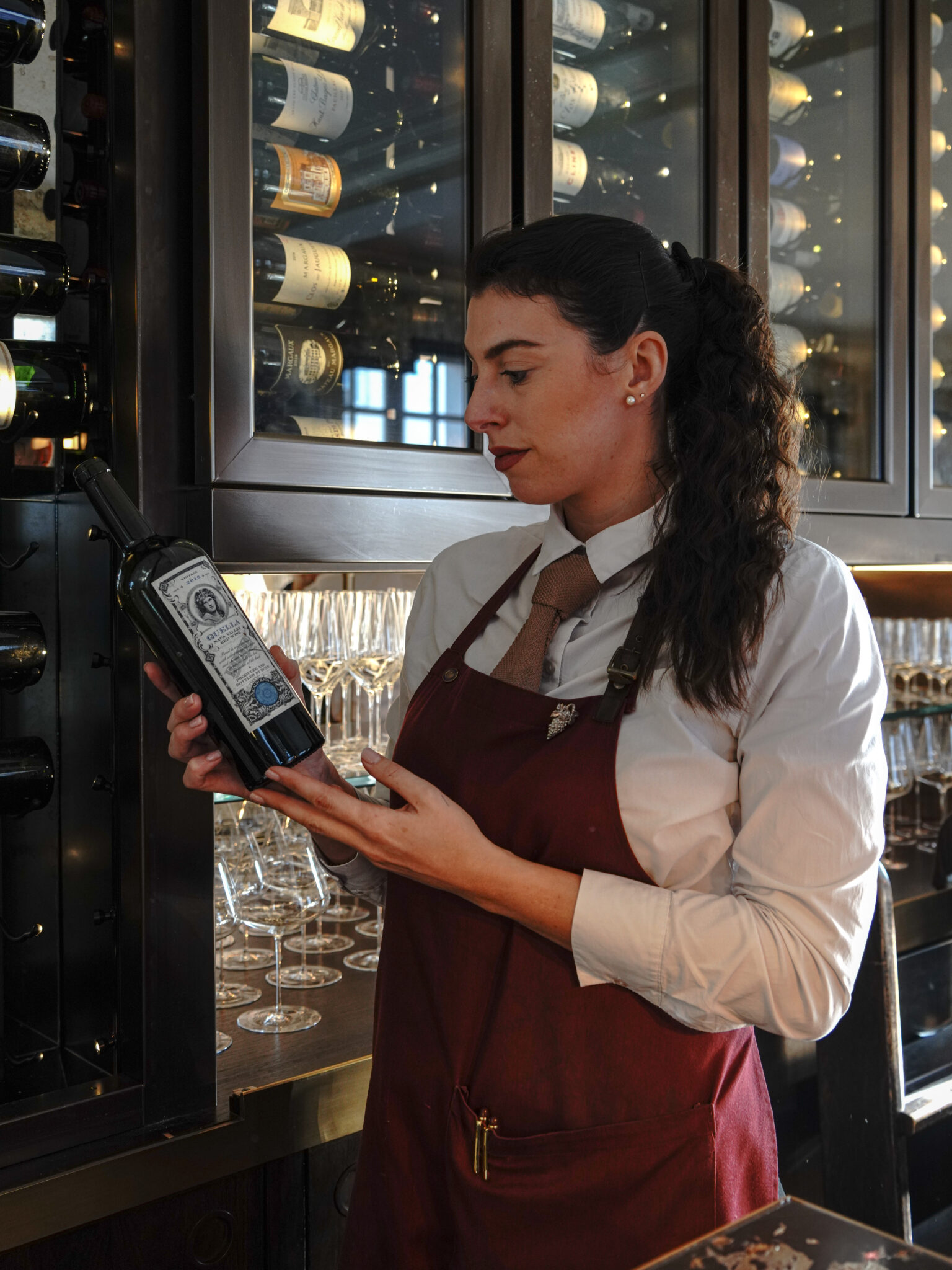

ON
THE
LIST
Mariachiara Faccin
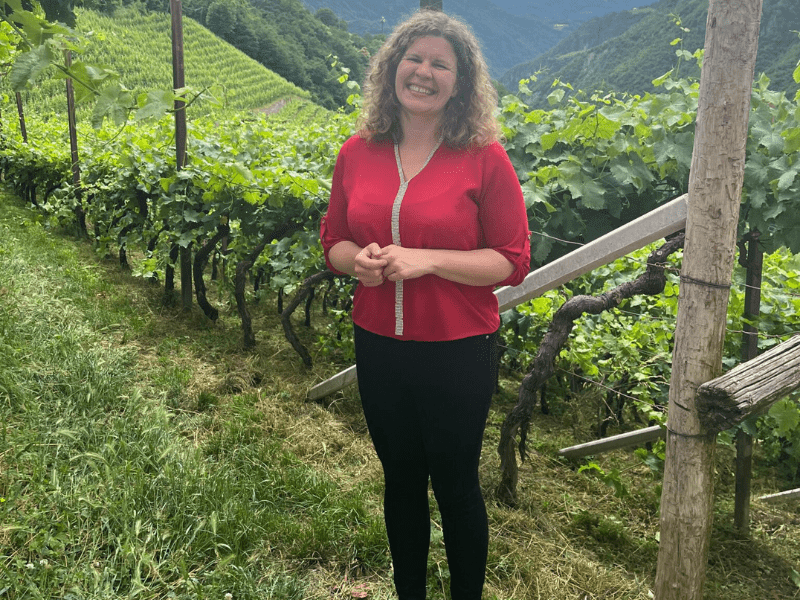

IN
THE
VINEYARD
Gump Hof, Alto Adige, Italy
